Canada CPI ticked up further to 6.8% yoy in April, up from March’s 6.7% yoy, above expectation of 6.7% yoy. CPI ex-gasoline accelerated to 5.8%, up from 5.5% yoy, fastest since the series was introduced in 1999. Statics Canada added that the year-over-year increase in April was largely driven by food and shelter prices. Gas prices increased at a slower pace.
Looking at the preferred measures of core inflation by BoC, CPI common rose from 3.0% yoy to 3.2% yoy, above expectation of 2.9% yoy. CPI median rose from 4.0% yoy to 4.4% yoy, above expectation of 3.9% yoy. CPI trimmed rose from 4.8% yoy to 5.1% yoy, above expectation of 4.7% yoy.




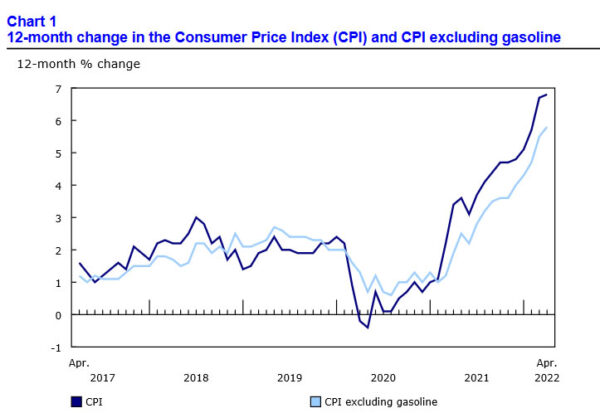

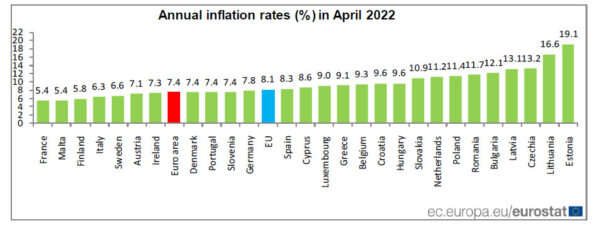
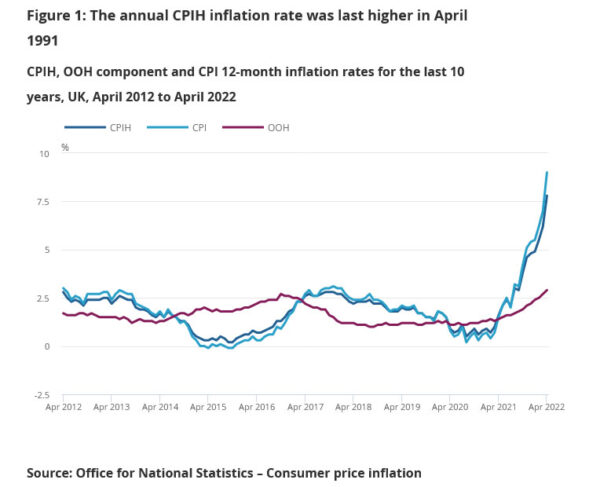
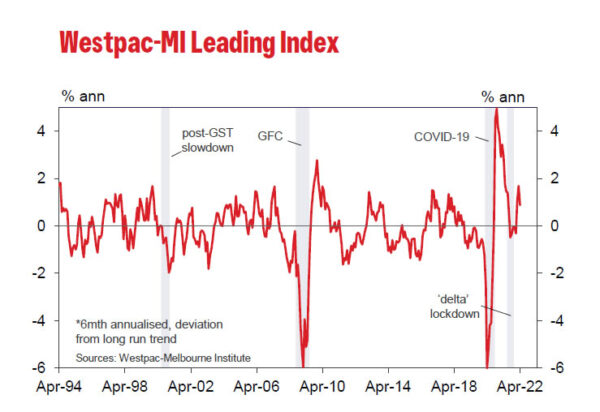
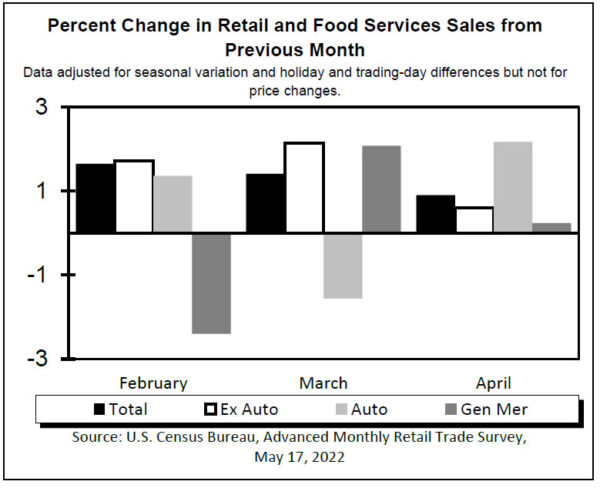
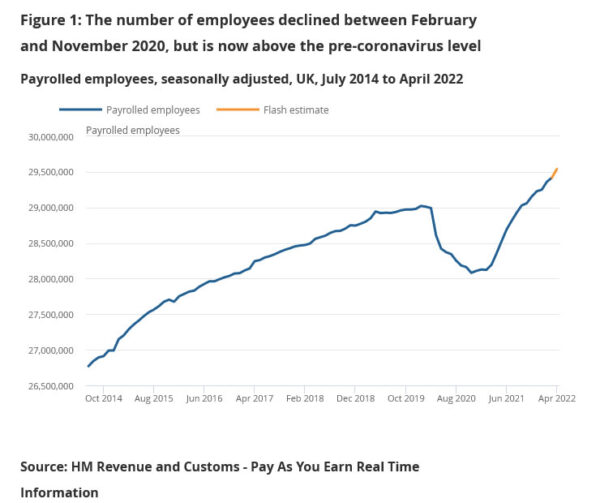
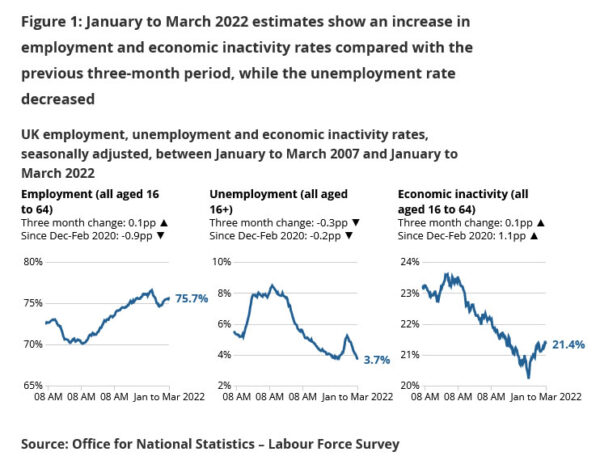
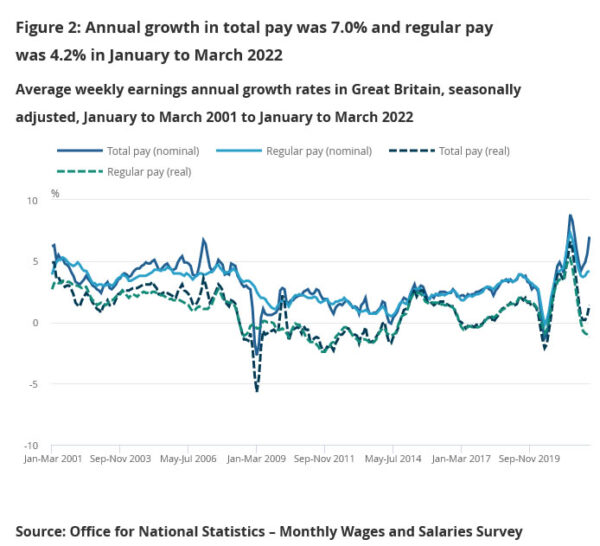
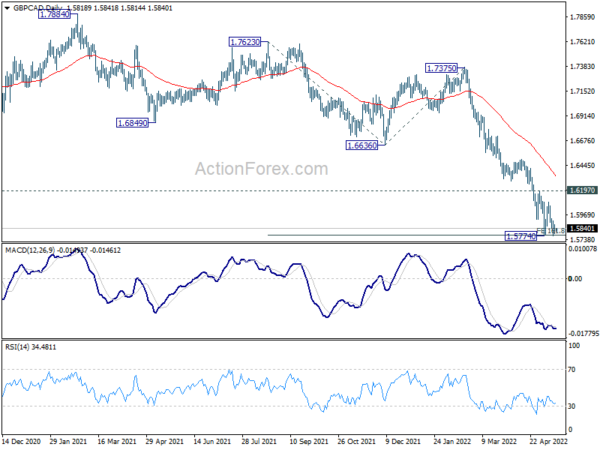
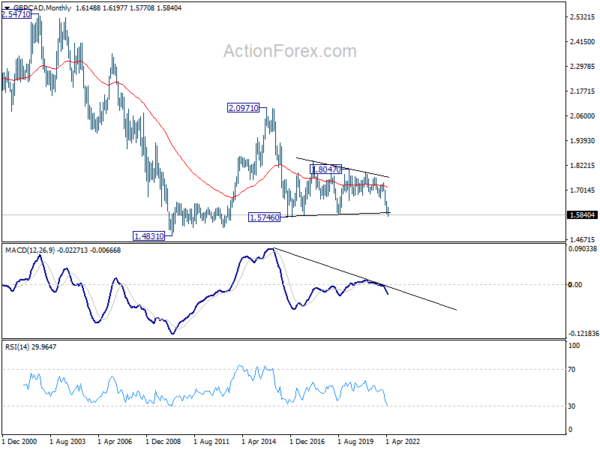
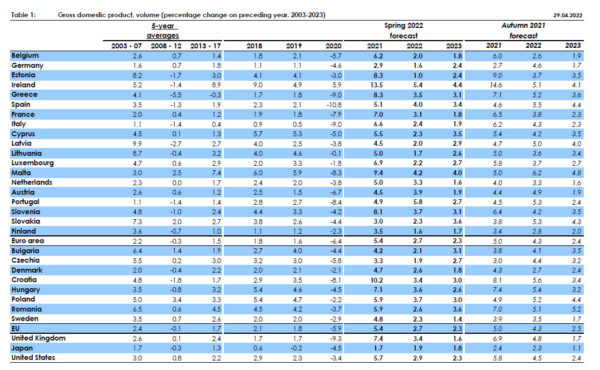
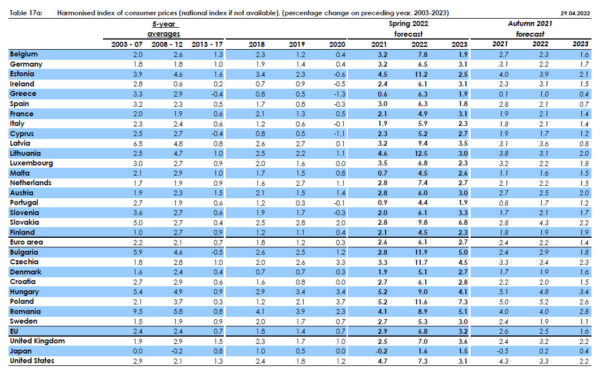
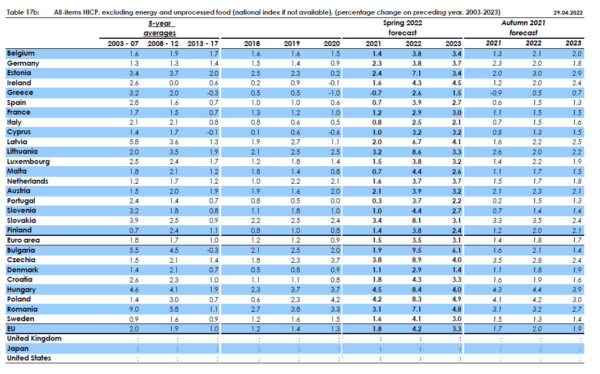
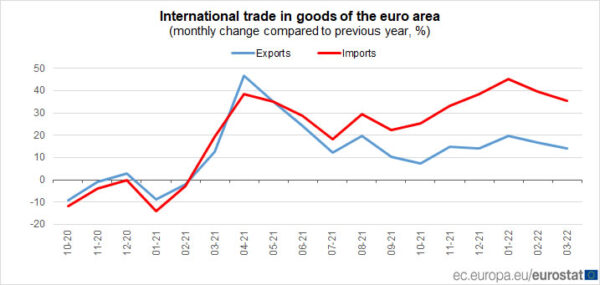

Fed Harker: The economy can withstand a measured, methodical approach to tightening
Philadelphia Fed President Patrick Harker said yesterday, “I anticipate a sequence of increases in the funds rate at a measured pace until we are confident that inflation is moving toward the Committee’s inflation target.”
“I still am in the camp that we can have, if not a soft landing, a safe landing,” he said. He expected the economy to grow between 2% and 3% this year, adding that “this economy can withstand a measured, methodical approach to tightening financial conditions.”